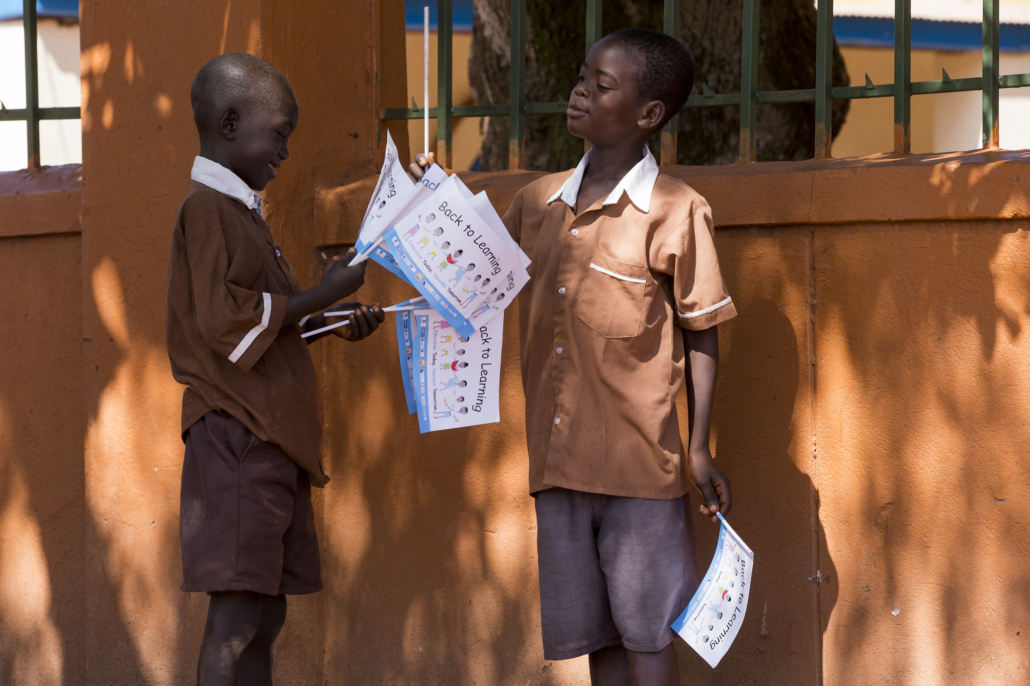Addressing Education Poverty in Sub-Saharan Africa
 An education is very important especially for children of young ages. Education poverty is a big issue in sub-Saharan Africa In fact, sub-Saharan Africa has low participation rates amongst children going to school which can decrease the chance of continuing school, dropping out and having a low rate of achievements. Sub-Saharan Africa is one of the prominent places that has education poverty. About 6 million boys and 9 million girls in Africa will never go to school at all. Specifically in Mali, Africa, records have indicated that a lot of children are currently not in school. This includes children ranging from 6-17 that are not in school at the moment.
An education is very important especially for children of young ages. Education poverty is a big issue in sub-Saharan Africa In fact, sub-Saharan Africa has low participation rates amongst children going to school which can decrease the chance of continuing school, dropping out and having a low rate of achievements. Sub-Saharan Africa is one of the prominent places that has education poverty. About 6 million boys and 9 million girls in Africa will never go to school at all. Specifically in Mali, Africa, records have indicated that a lot of children are currently not in school. This includes children ranging from 6-17 that are not in school at the moment.
Causes of Limited Education
Among the population of Mali, more than half of the Mali population, including more than half between the ages of 15 and 24 are illiterate. This can be due to many factors like the absence of textbooks, qualified teachers and low-quality school environment. The lack of access to the necessities and funding to create a good education program for these children to undergo are major issues when it comes to receiving a good education. Due to these factors, Mali students are not able to have basic skills of math and reading.
Solutions
Many things are occurring to help this issue of education poverty. There have been donors and UN partners that have been a part of making a change when it comes to educational poverty in Africa.
For instance, the UIS has noticed what has been lacking for a proper education for these children like teachers and basic amenities that are necessary. To address that issue, UIS is working on training and recruiting teachers to teach in Africa. When it comes to the amenities, the organization is tracking which schools are lacking things like portable water, textbooks and access to electricity.
There is also another program that the World Bank has implemented called the “Mali Improving Education Quality and Results for All” where they are helping promote access to lower and upper secondary education for the children in Mali specifically. The World Bank mentioned this project is impacting about 4 million individuals in underserved areas as well.
Looking Ahead
While there is no set time to end education poverty in sub-Saharan Africa anytime soon, by what is occurring right now with the help of the government, UNESCO and USI, it is on the right track for giving these children a better education that they deserve. As time goes on, it should be hopeful that these young kids will have the chance to go to school with having access to electricity and having the right teachers to educate them. Time is all that is needed to come up with better ways to give these kids these amenities that they rightfully deserve.
Conclusion and Call to Action
Overall, education poverty is a major issue in Africa, especially in Mali. This can be due to many factors that can impact the effectiveness of the education they are getting. As mentioned before, there are many organizations that are helping the situation currently happening. For example, UNESCO is an organization that is there to give full power of education, science and culture in order to tackle issues that are in the world. In regards to helping the issue of education poverty, UNESCO is tracking the trends in teacher numbers and qualifications. It projects the numbers of teacher shortages so the organization can see where distribution is required to help reduce the shortage. It is slowly helping reduce education poverty and will hopefully continue to do so in the years to come.
– Madison Lam, Elizabeth Alebachew and Fabian Urrutia
Photo: Flickr
